Menu
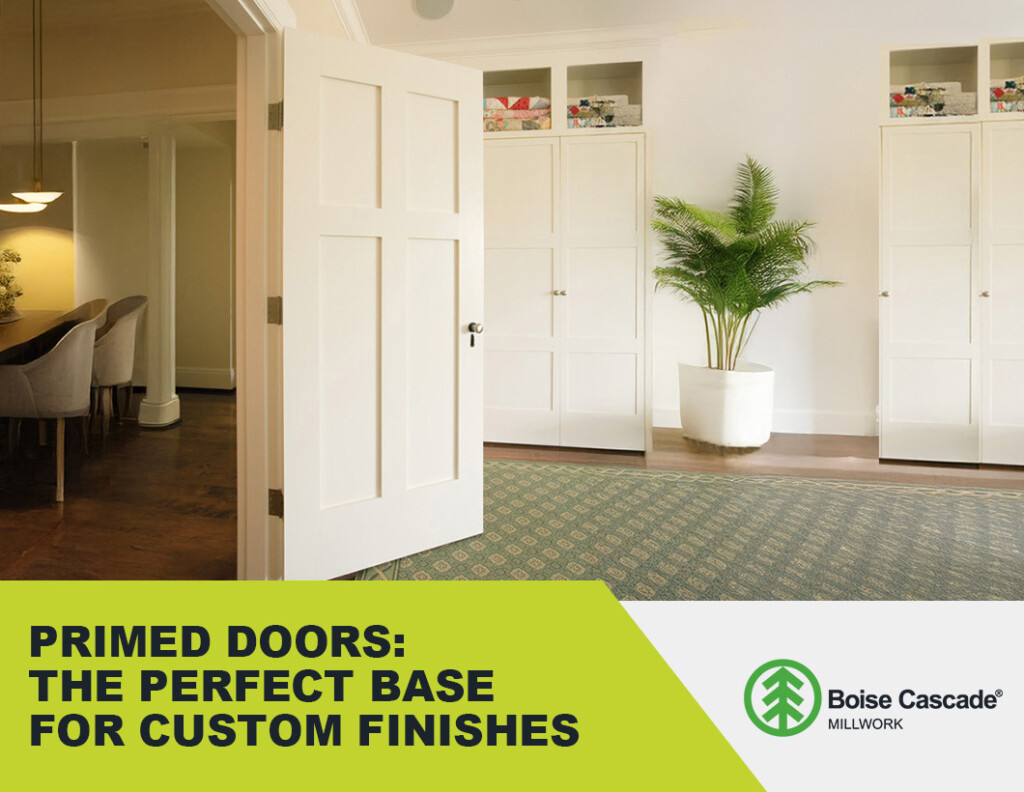

Are you planning a home renovation or refreshing your interior space? Your doors might be the game-changer you didn’t realize you needed. Whether you’re looking to harmonize your space with a fresh coat of paint or complement a specific design theme, primed doors offer a versatile and convenient solution. By coming pre-prepped for customization, primed doors simplify the process, ensuring your creative vision translates seamlessly into reality.
This guide breaks down why primed doors are the ideal base for custom finishes, explores their advantages, and provides actionable tips to help you make the most out of your home improvement investment.
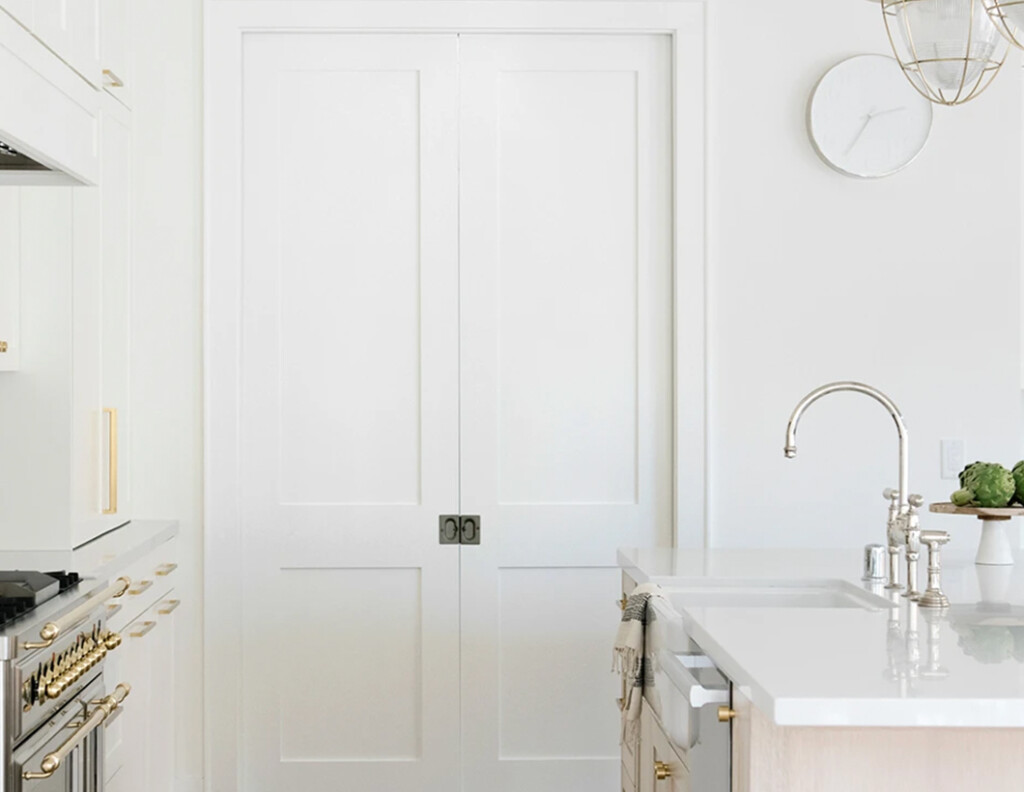
Primed doors are an innovation in the world of interior design materials. Unlike raw or unfinished doors, a primed door is pre-coated with a layer of primer. But what exactly does this accomplish?
A primed door is essentially a canvas prepped just for you, ready to save time and simplify the customization process.
Absolutely! One of the primary advantages of primed doors is that they’re ready to paint, making them a favorite for both professional and DIY projects. Here’s why painting them is such a popular choice:
For professional installers, a clean, consistent finish is a mark of craftsmanship. Here’s how to get the most out of a factory-primed door:
If you’re aiming for a natural wood-grain look, you might be wondering if staining is an option. Here’s the quick answer: Normally no, and here’s why.
Primers are designed to seal and uniformly prepare the surface of the door, which prevents stain absorption. Stains, by contrast, work by soaking into the wood grain, which simply isn’t possible when the surface has already been primed.
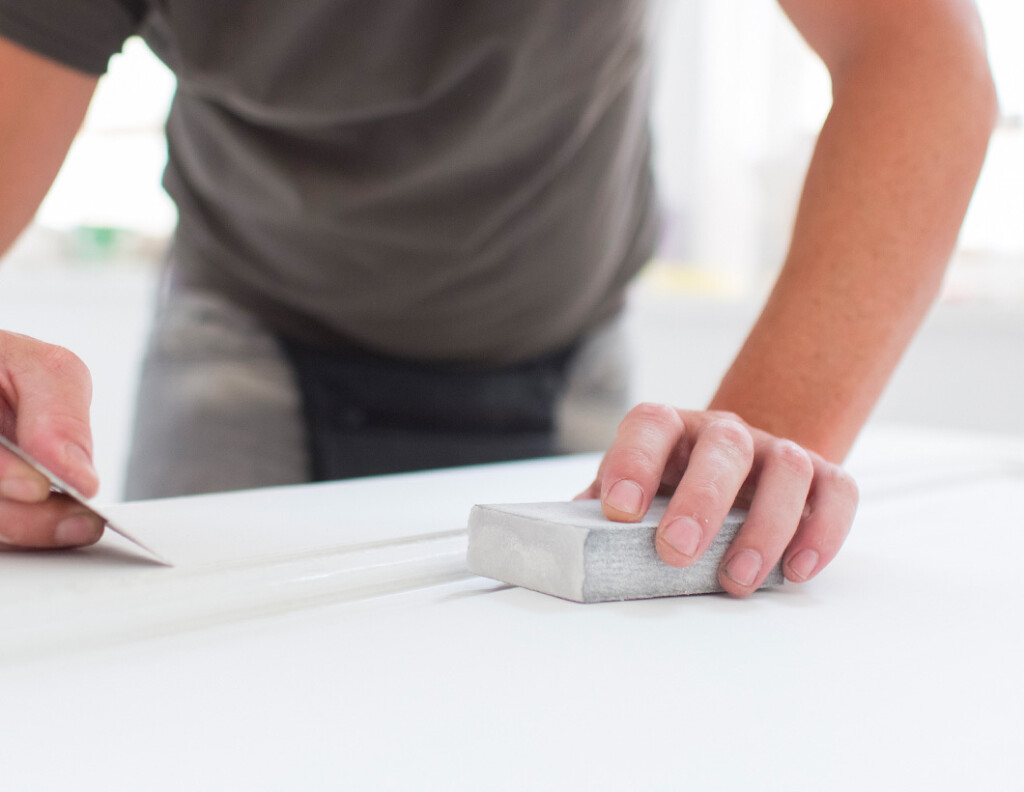
If you’re set on a stained appearance, consider alternatives:
While these methods require additional steps and expertise, they do offer an avenue to achieve a rustic or classic wood-like aesthetic. However, if you’re aiming for a wood-look finish, the best solution is to order a wood-grained door rather than a primed one. This ensures a more authentic appearance with less effort and a more professional result.
Technically, primed doors don’t come “unfinished” because they are pre-coated. However, primer alone is not the final step. Painting a primed door is practically always recommended for the following reasons:
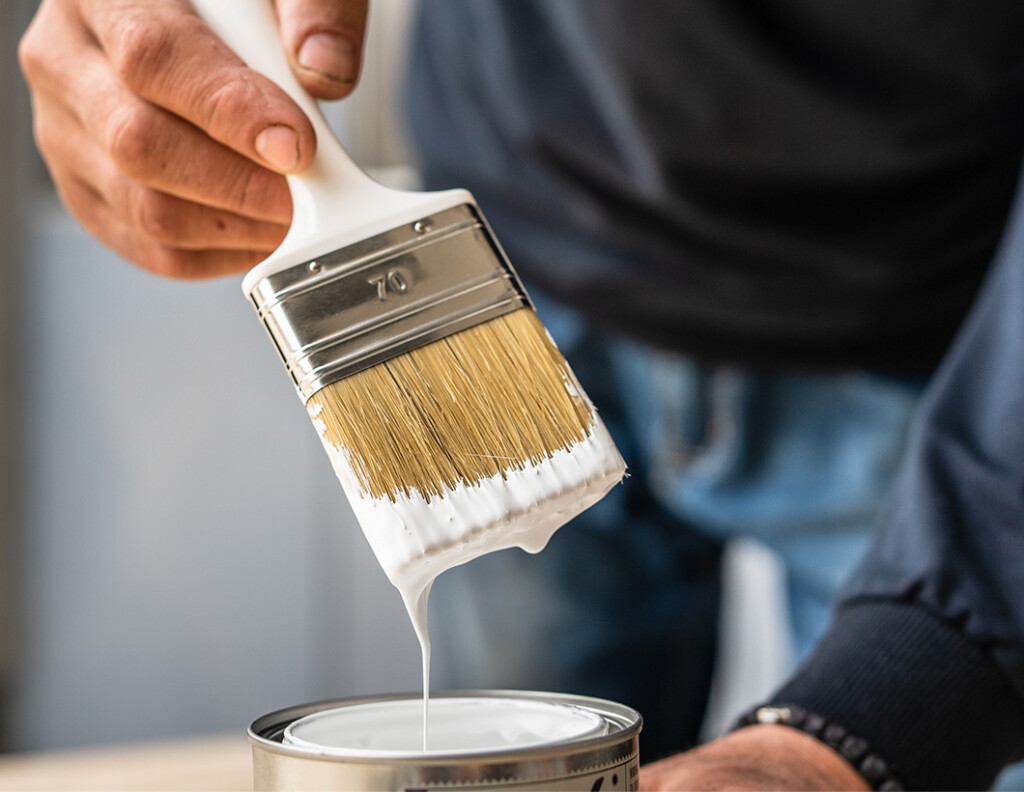
If you’re putting off painting your primed doors until after other renovation tasks, it’s okay! But consider this a temporary measure to ensure the doors reach their full potential.
You might be wondering, why not start with an unfinished door and prime it yourself? While that is certainly an option, primed doors are the preferred choice for several good reasons:
Primed doors eliminate the grunt work, letting you focus on the creative aspects of your renovation.
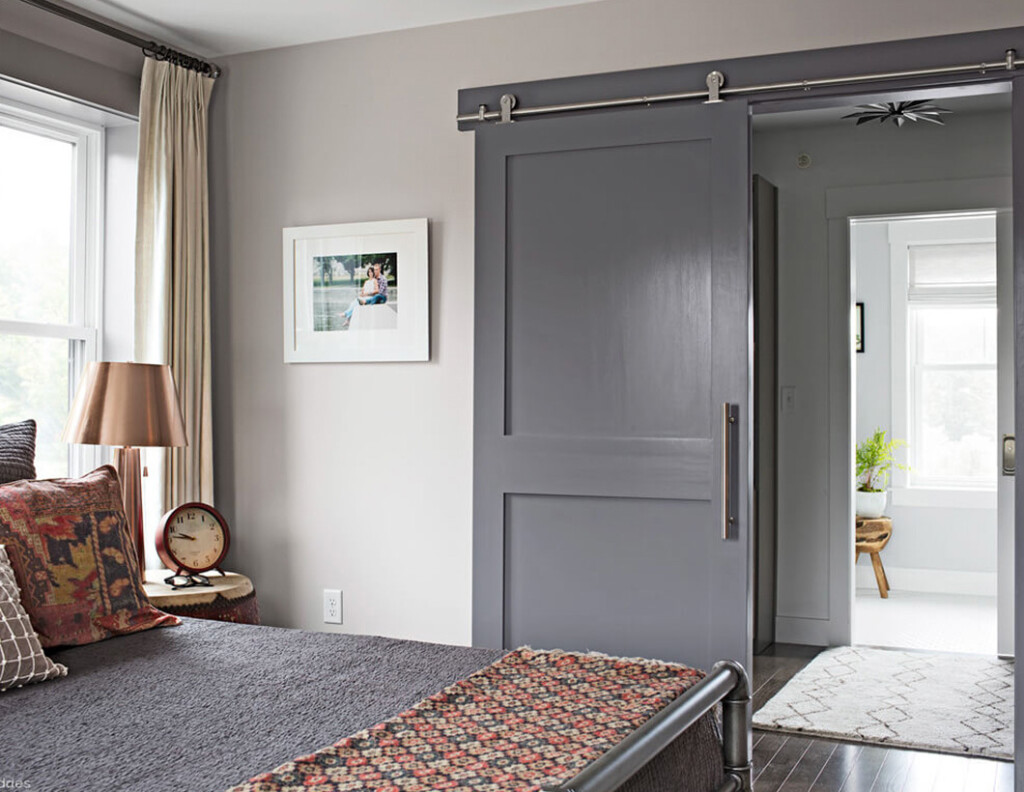
Whether you’re completing a full-scale renovation or refreshing a single room, here’s how to get the best out of your primed doors:
Primed doors aren’t just a functional choice; they’re a canvas for creativity.
Primed doors are the perfect foundation for achieving a polished, custom look in your home. Their ready-to-paint convenience, superior finish, and ability to suit any style make them an ideal choice for projects big or small. While painting is the best way to customize a primed door, techniques like faux-wood effects also allow for creative flexibility.
Don’t settle for less when it comes to your design vision. Start your transformation today with primed doors, and watch your space come to life with minimal effort and maximum impact.
A primed door comes pre-coated with a layer of primer, which seals the surface, improves paint adhesion, and provides a smooth, consistent base—unlike an unfinished door that requires additional prep before painting.
Yes. While primed doors come prepped for painting, primer alone doesn’t offer protection or a finished look. A topcoat of paint is necessary to enhance durability, aesthetics, and longevity.
Typically, no. Primer blocks the wood grain, preventing stain absorption. However, alternatives like gel stains or faux-wood painting techniques can be used to mimic a stained look.
High-quality latex or oil-based paints work best, depending on the door’s material. Using the right paint ensures strong adhesion, smooth coverage, and long-lasting results.
Factory-primed doors save time and labor, provide a more consistent and smooth finish, and allow for faster installation and customization compared to DIY priming.
